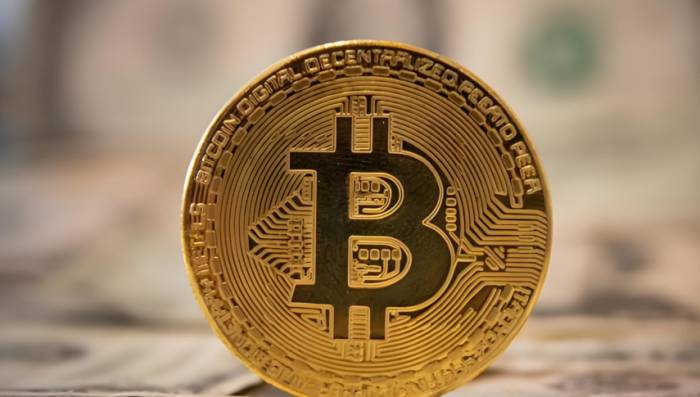Bitcoin has become a mainstream investment in the U.S.
As the digital revolution continues to unfold, Bitcoin has undeniably emerged as a significant player in the realm of investment and finance. Since its inception in 2009, Bitcoin has made a journey from relative obscurity to becoming a household name, capturing the attention of both seasoned investors and curious newcomers alike. The increasing interest in Bitcoin not only highlights a shift in investment practices but also reflects broader changes in the global economic landscape and the accelerating growth of financial technology.
Bitcoin was created as a decentralized currency designed for anonymous transactions over the internet. However, the evolution of blockchain technology and its myriad applications has led to a recognition of Bitcoin's intrinsic value. In the early days, many viewed it merely as a tool for online transactions; yet, as users and investors started to understand the underlying technology, Bitcoin began to gain traction as a legitimate asset class. Among the primary regions witnessing this meteoric rise is the United States, where acceptance and awareness of Bitcoin have surged dramatically.
Advertisement
In the United States, one of the largest economies worldwide, the financial market is characterized by its sophistication and a propensity for embracing new investment avenues. Many American investors have begun incorporating Bitcoin into their portfolios, captivated by its limited supply and potential for significant appreciation over time. The perception of Bitcoin as a hedge against inflation has only fueled this enthusiasm further, leading to a growing acceptance of cryptocurrency in mainstream investment channels.
The introduction of Bitcoin Exchange-Traded Funds (ETFs) has scaled up this trend significantly. ETFs provide a structured and regulated means for investors to gain exposure to Bitcoin's value without the complexities involved in directly purchasing and securely storing digital currency. Investors can now buy and sell Bitcoin ETFs as easily as stocks, affording them greater flexibility and liquidity. This innovative product has not only made cryptocurrency more accessible to the masses but has also legitimized Bitcoin in the financial ecosystem.
Moreover, the stances taken by government entities towards digital assets have played a crucial role in shaping the cryptocurrency market in the U.S. Initiatives advocating for the establishment of national Bitcoin reserves, as well as regulatory flexibility towards digital assets, have been indicative of a friendly policy environment. Such measures have alleviated investor concerns regarding regulatory uncertainty, bolstering confidence in the market and encouraging the influx of capital towards Bitcoin and other cryptocurrencies.
With the current trends indicating a positive outlook, the future of Bitcoin investment in the United States seems promising. As the global populace becomes increasingly aware of digital assets and their potential applications, Bitcoin is anticipated to maintain its trajectory of growth. The highly developed U.S. financial market, coupled with the propensity of its investors to explore alternative avenues, positions Bitcoin favorably for continued expansion. Innovative financial instruments like Bitcoin ETFs can only enhance this accessibility, allowing more individuals to participate in the cryptocurrency market.

Nevertheless, investors should approach Bitcoin investment with a keen awareness of its inherent risks. The cryptocurrency market is notoriously volatile, with prices susceptible to sudden fluctuations spurred by market sentiment, regulatory changes, and technological advancements. It's imperative for investors to remain grounded, maintaining a rational and informed approach to investing in Bitcoin, while actively managing risk and staying updated with market developments.
In conclusion, Bitcoin's ascent as a mainstream investment option in the United States signifies a broader acceptance of digital assets within the investment community. This trend reflects increasing investor interest and a shifting global economic environment. The proliferation of Bitcoin ETFs and supportive governmental policies bolster the optimistic outlook for Bitcoin Investments. Yet, as the market evolves, a prudent investment approach remains vital for anyone looking to navigate this exciting but potentially treacherous landscape.
Leave a Reply